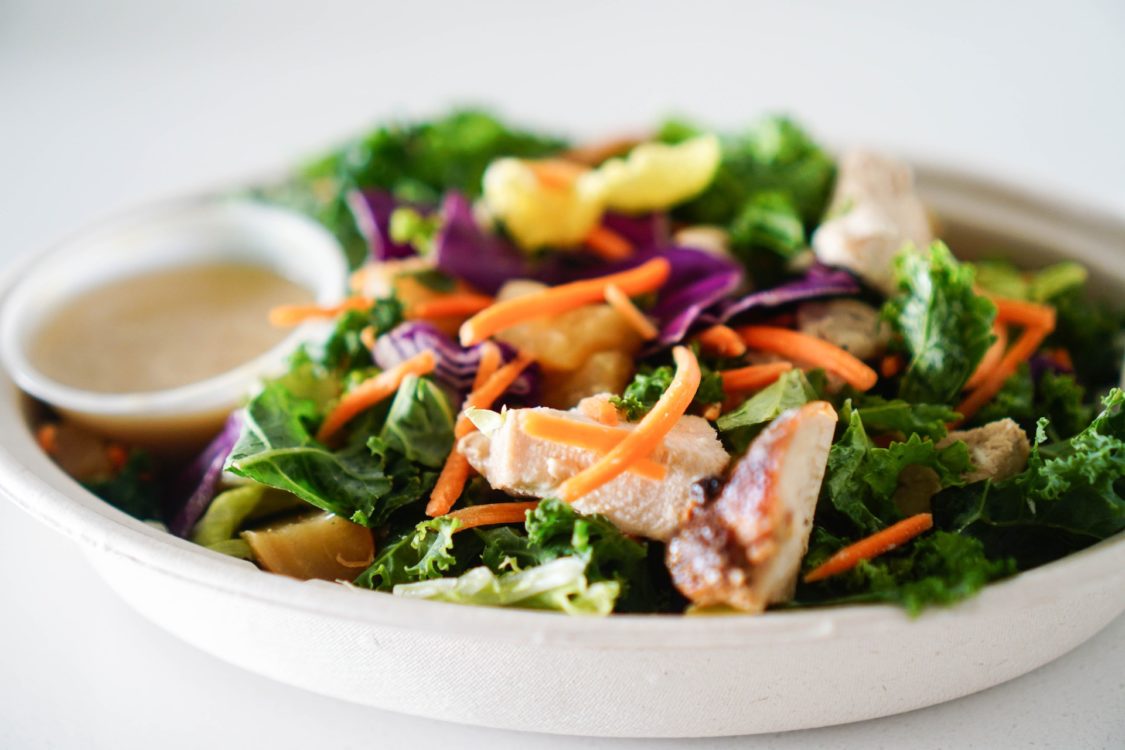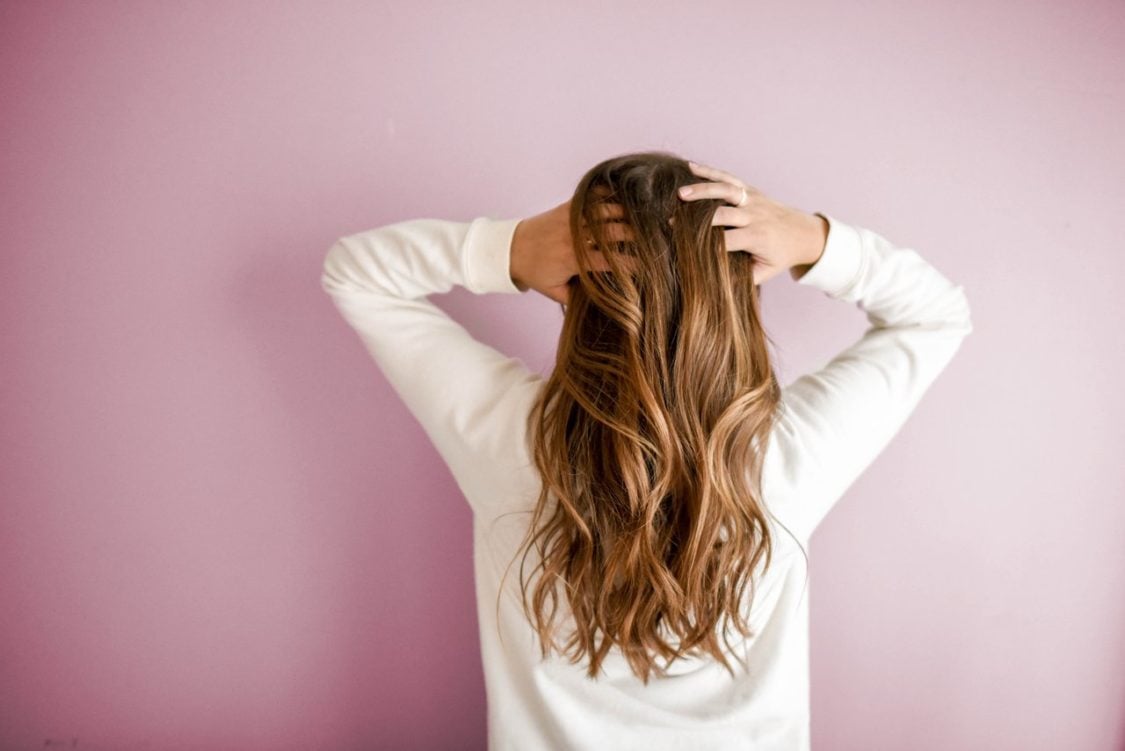Sugar gliders are one of the most popular domestic pets in North America. They are miniature pygmy fruit-eating marsupial who love the more humid environments of human homes and become very tame with proper care. Whether you’re just getting into pet ownership or have been caring for your pet sugar glider for years now, here are some valuable tips that will help you to learn how to care for your sugar glider.
1. Modify Their Diet
Sugar gliders are insectivores and usually feed on figs and other dried fruit during the warmer months. However, many people (just like sugar gliders) find that they get tired of this routine fast, so they make the switch to a more varied diet in which they can eat a variety of dried fruit, including those that have more seeds (like mango), and will find the occasional frozen fruit (like banana chunks) very delicious.
2. Get a Cage That is Appropriate for Your Pet Sugar Glider’s Size
If you have a small pet, it is probably wise to use one of the miniature cages specifically built for smaller pets. But if you have a medium size or giant pet, you’ll probably have to use one of the larger cages (or make your custom-sized cage using a whole bunch of coat hooks!).
3. Make Sure Your Pet Sugar Glider is Healthy and is Accustomed to Being Handled by Humans
If you want your pet to be tame, typically, you will want to take it out of its cage to socialize with it daily. Even if your pet sugar glider is very accustomed to being handled by you, it’s best if you take precautions and do this from a safe distance.
4. Set Up a Healthy Environment for Your Pet Sugar Glider’s Cage
As mentioned before, various fruits and vegetables should be available for your pet sugar glider’s diet at all times (i.e., in the cage with it at every meal), both dried and fresh. You can purchase pre-made blends of fruit and vegetables, dry food in pouches, or make your mixture of fruit and vegetable pieces.
5. Have a Variety of Scratching Post Options Available to Your Pet Sugar Glider
Scratching post options include wooden parrot perches, cedar shavings, slats, branches from a hardwood tree (preferably from an apple tree), cotton rolls, paper towels (for rawhide), and even cardboard boxes. Various options should always be available to your pet sugar glider.
6. Make Sure Your Pet Sugar Glider Has Access to Water at All Times
Never toss the water bottle out while the cage is in use (you can always remove it when you are cleaning the cage or taking things out of it), and make sure that the drinking vessel is changed several times a day to avoid contamination (if your pet drinks from it more than once a day).
7. Take Care of Your Pet Sugar Glider’s Teeth
Sugar gliders’ teeth are similar to rodents’, so their teeth grow continuously throughout their lives. To ensure that your pet sugar glider’s teeth do not grow too long and risk damaging the tongue, ensure that you or someone in your family gets into the habit of checking for excess tooth growth at least once a week.
8. Switch It Up
The most crucial tip no one ever tells you about pet ownership is: to switch things up constantly! If you have always given your pet sugar glider figs for dinner or never given it anything but papaya for breakfast, try switching things up! Try giving it figs for dinner and then papaya the following day.
You should now feel ready to begin looking after your pet! Always remember that it is essential to take good care of your pet sugar glider so that it remains a healthy and happy creature.



